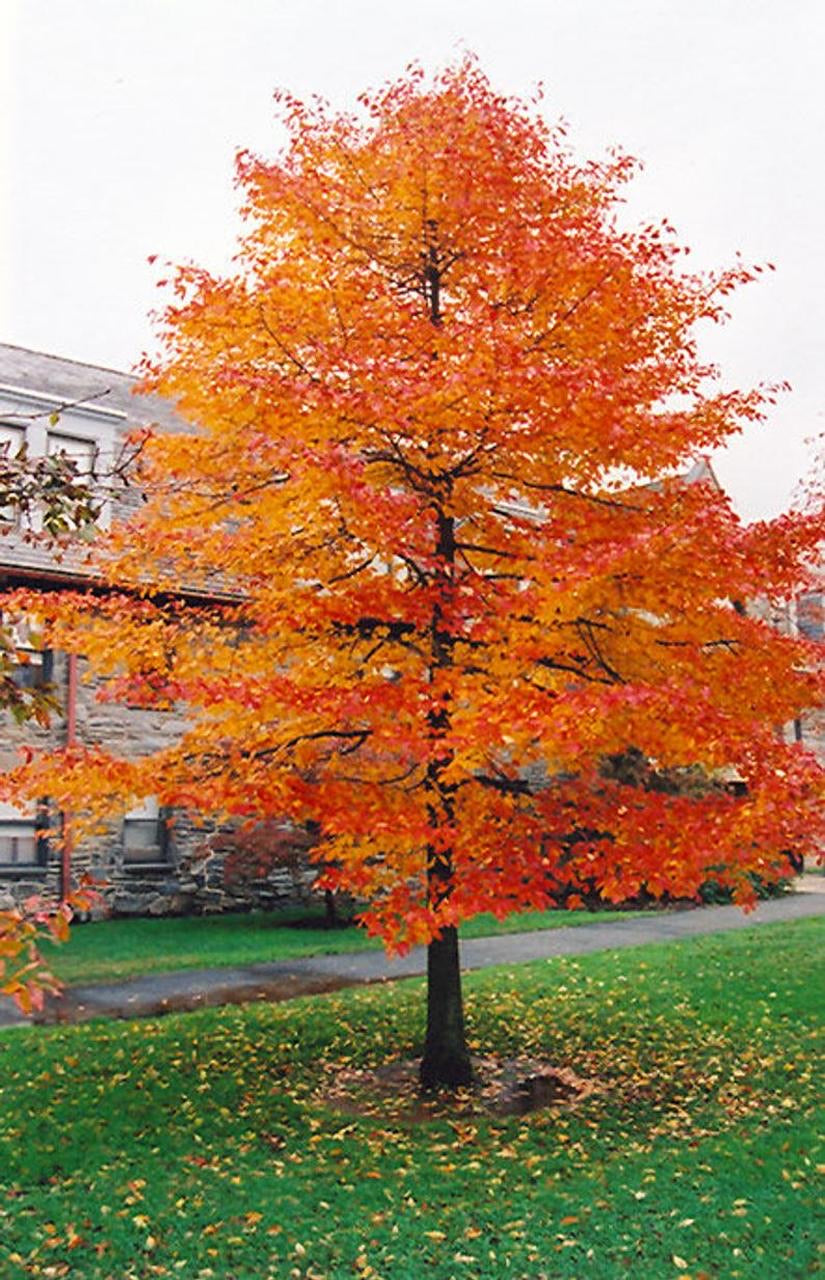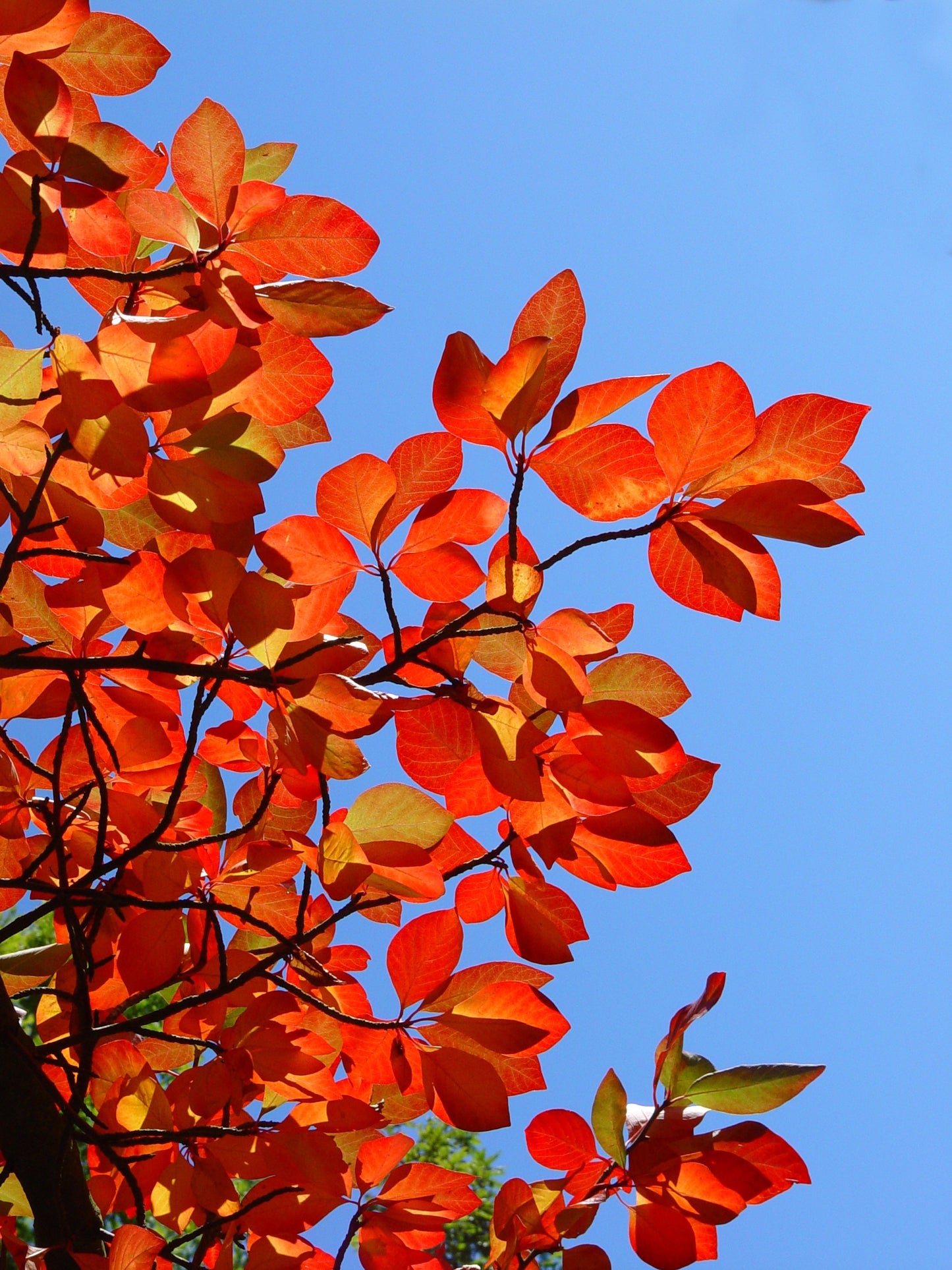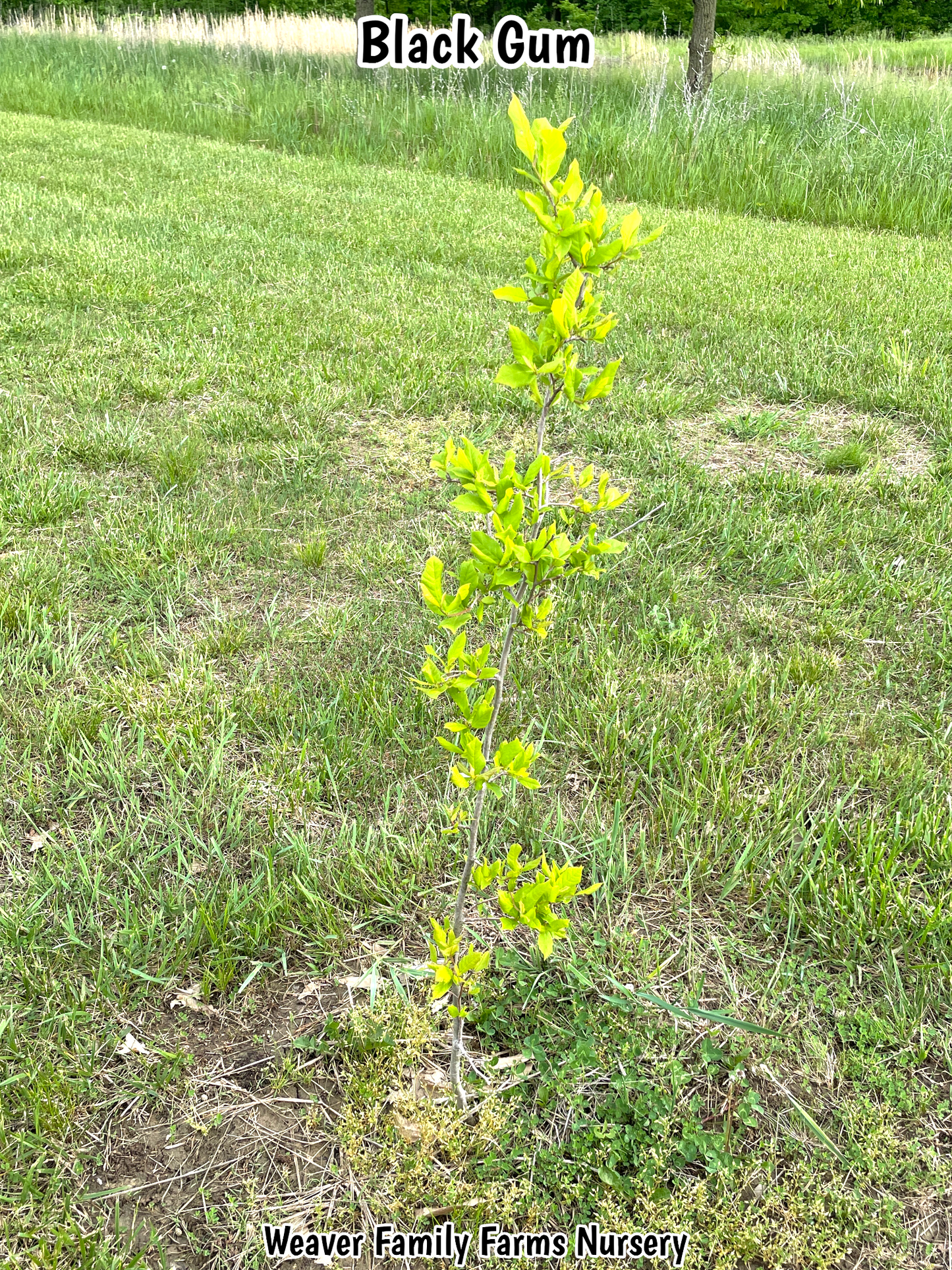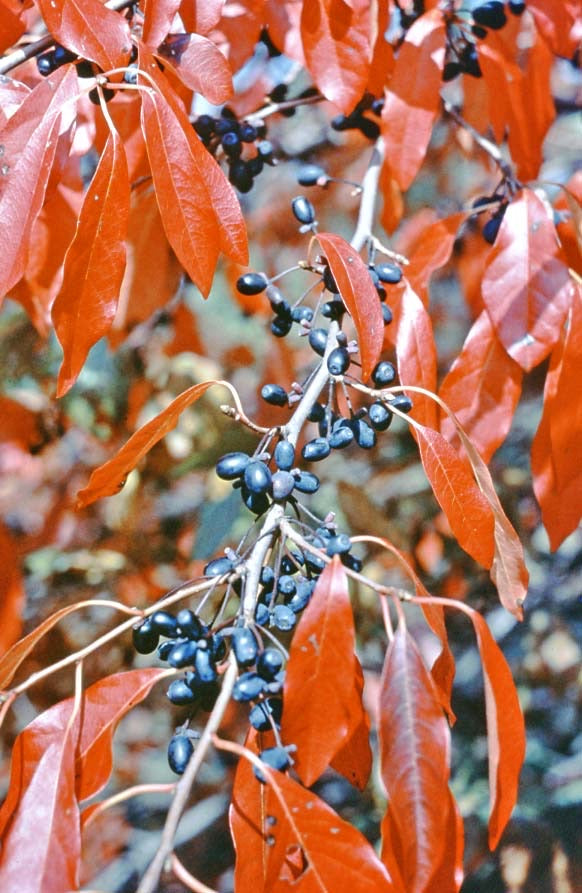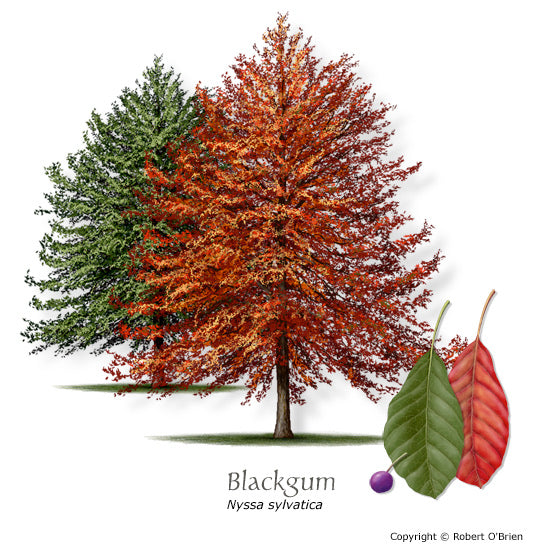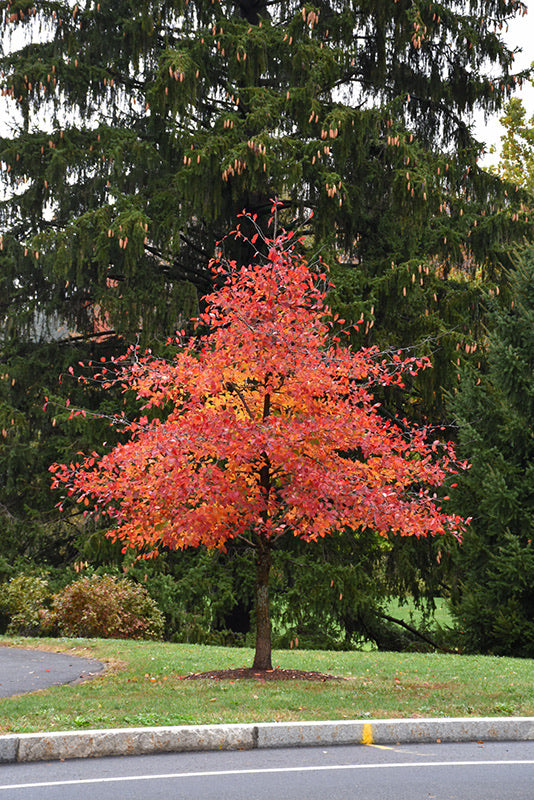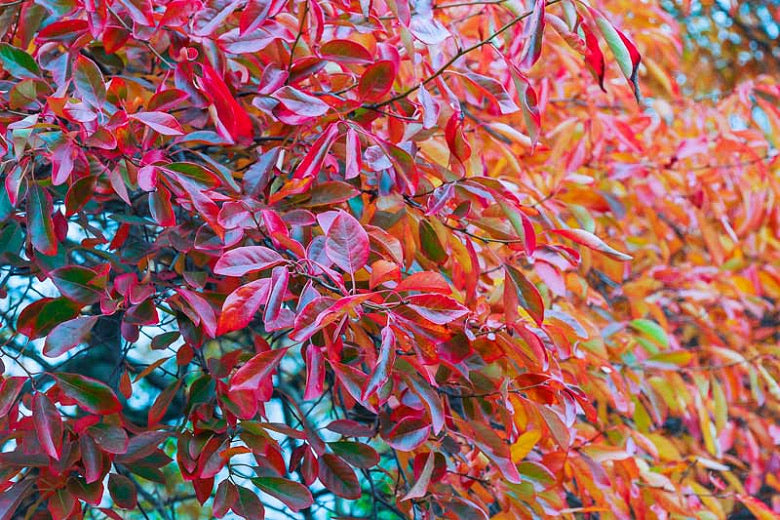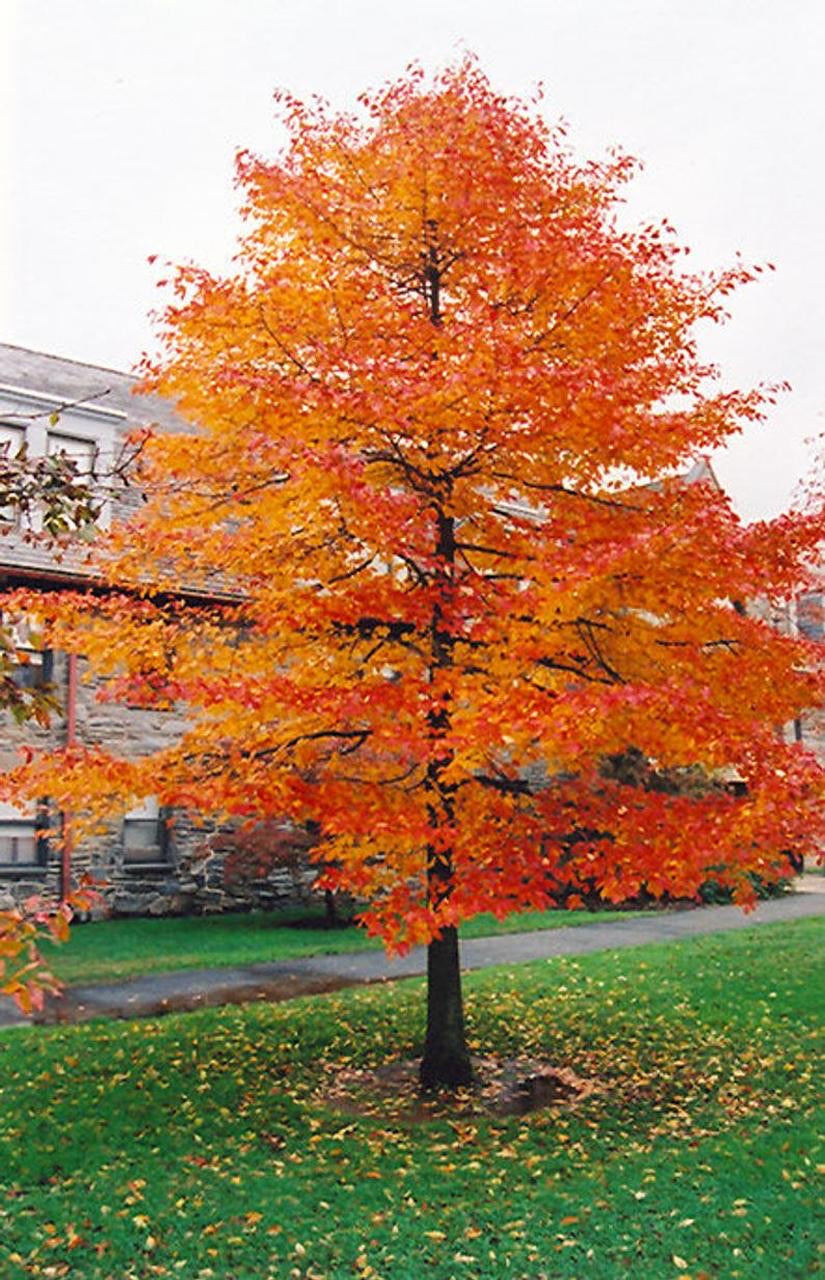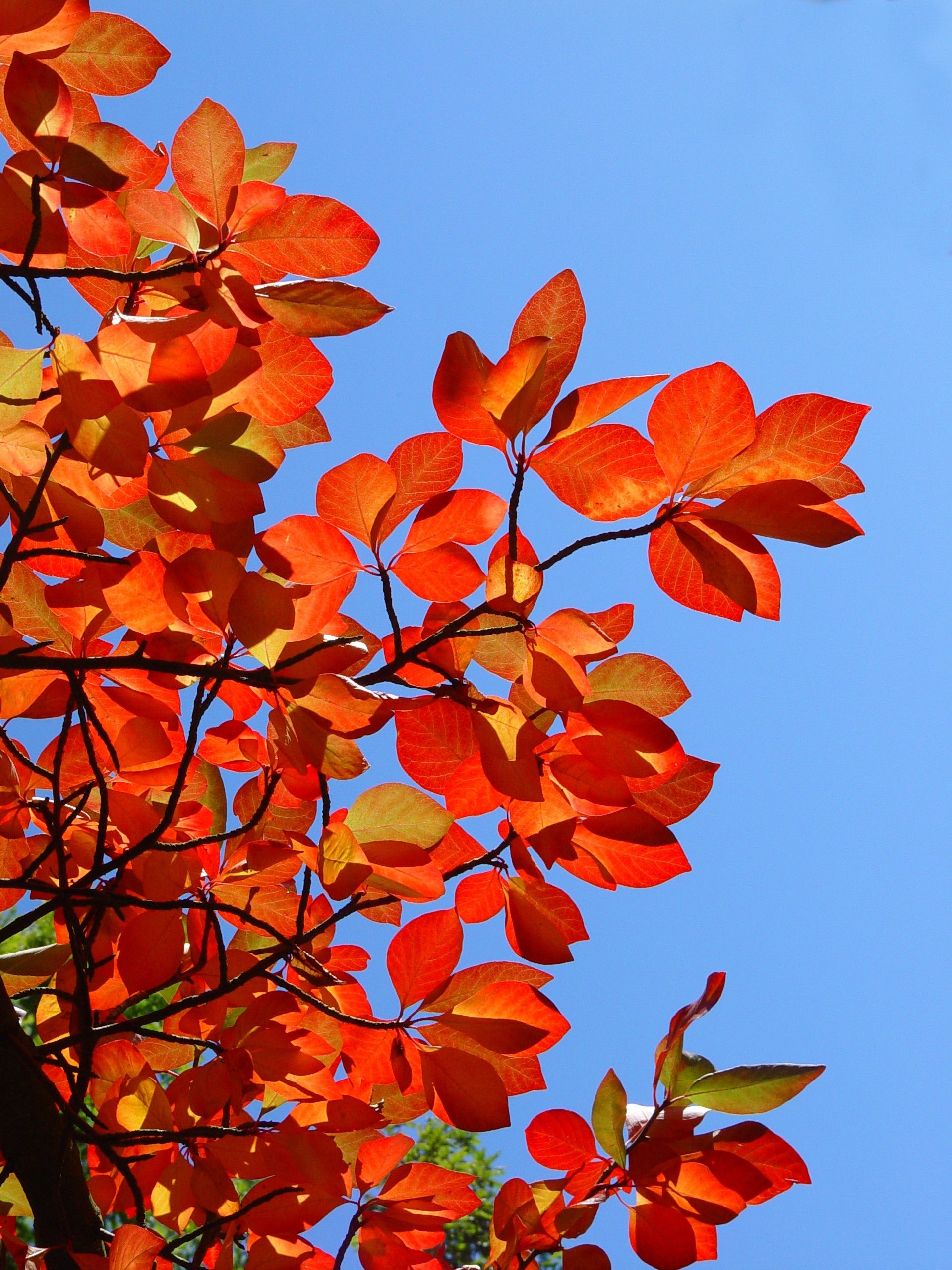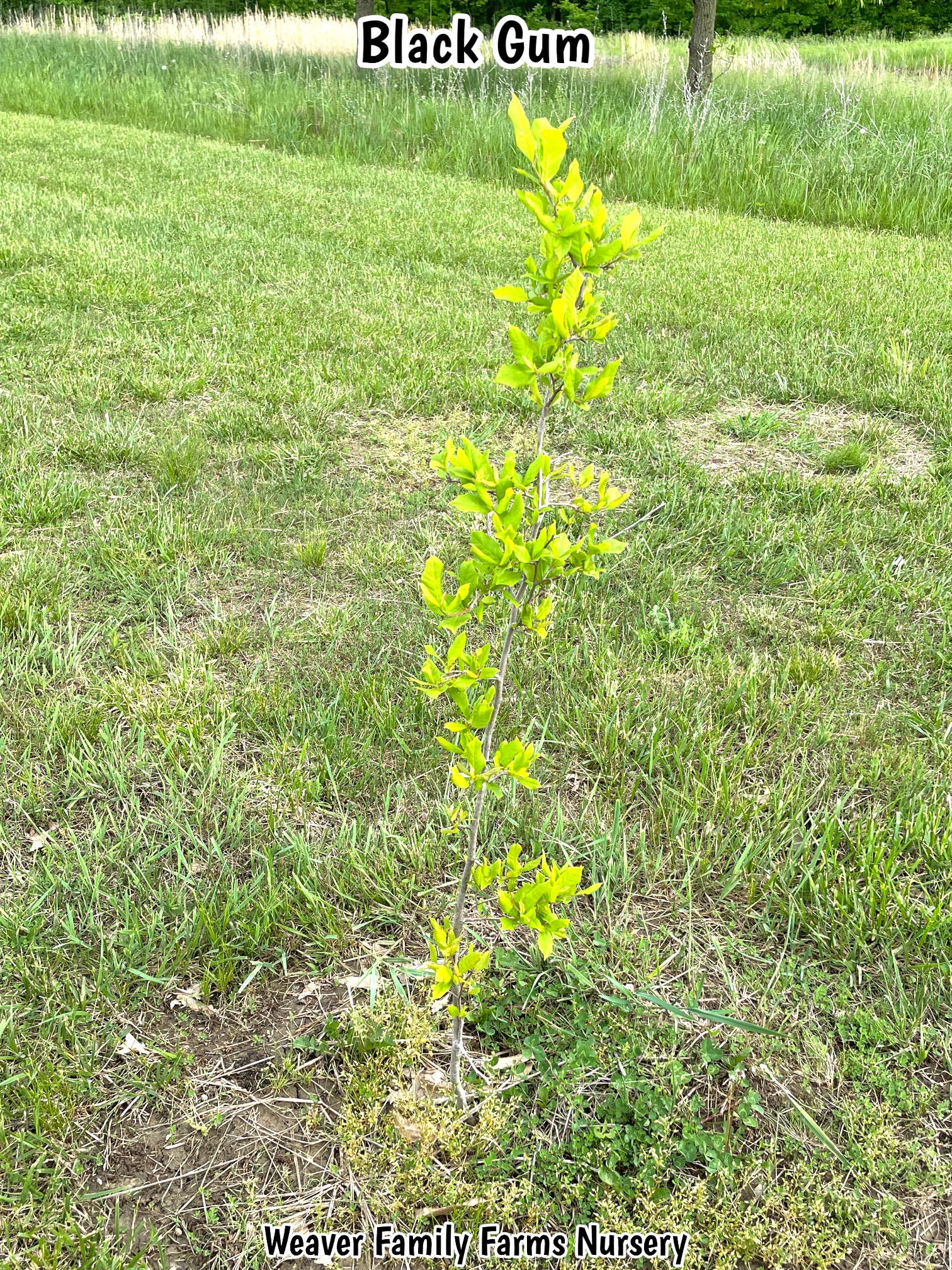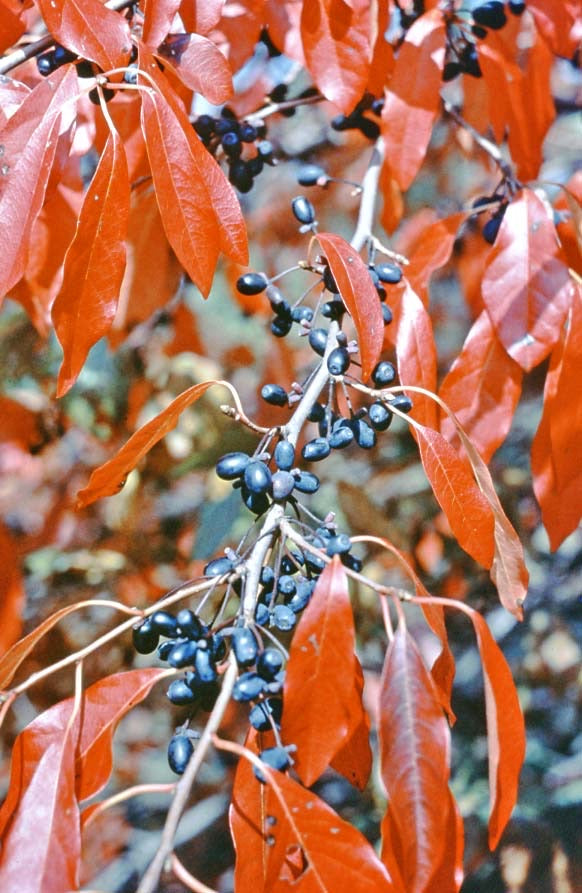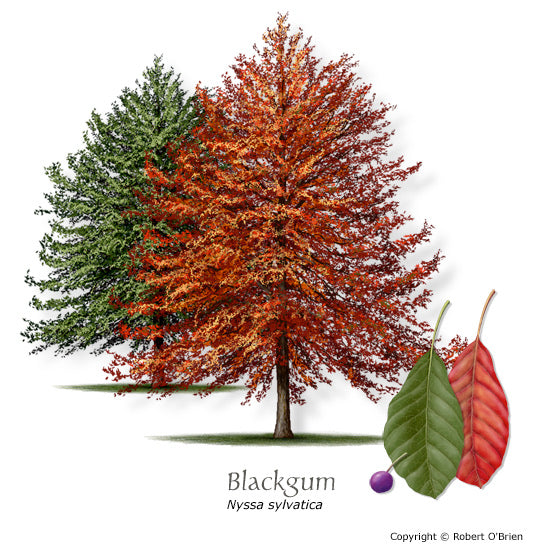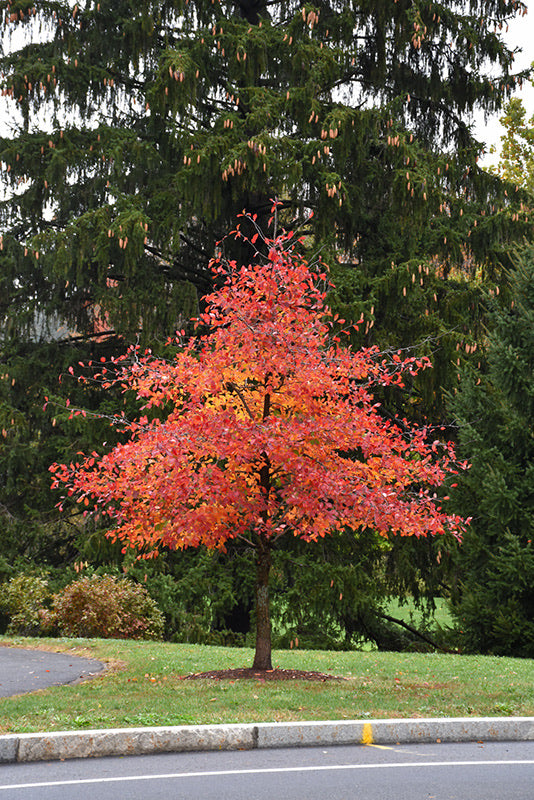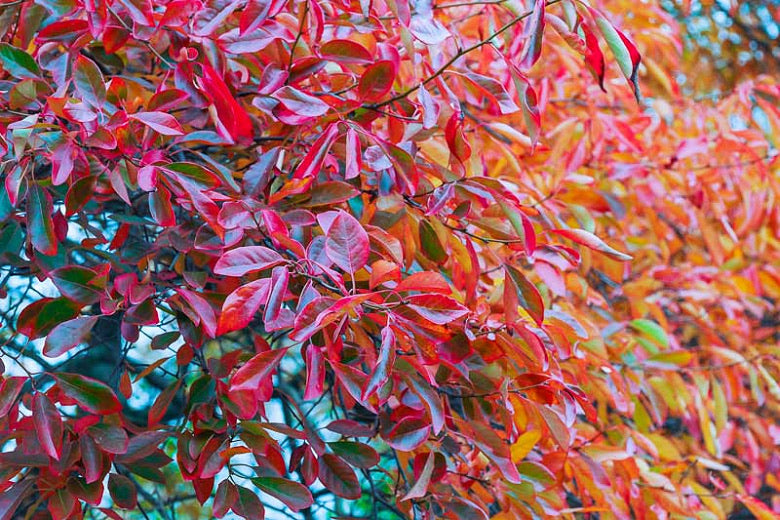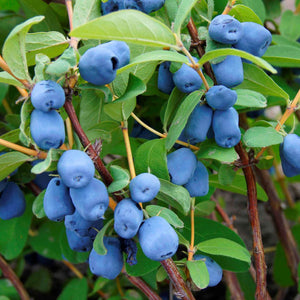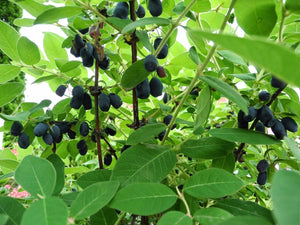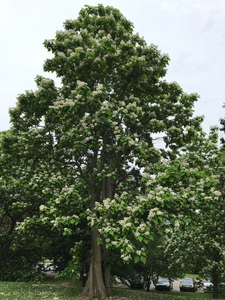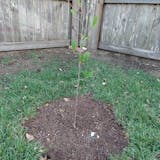Sold out! Take a look at these similar plants we have for you:
Couldn't load pickup availability
Introducing the Black Gum Tree, also known as the Black Tupelo Tree or Nyssa sylvatica, a stunning native tree that provides year-round beauty and shade. Famous for its vibrant fall colors and adaptability to various soil types, the Black Gum Tree is an excellent addition to any landscape. Its glossy green leaves turn into brilliant shades of red, orange, and yellow in autumn, creating a breathtaking display. If you’re looking for a beautiful shade tree with striking fall color, the Black Gum Tree for sale is the perfect choice.
Why Choose the Black Gum Tree?
- Vibrant Fall Colors: The Black Gum Tree is renowned for its spectacular fall foliage, with leaves turning shades of red, yellow, and orange.
- Native and Hardy: This Black Gum Tupelo is a native tree that is resilient and can thrive in zones 4 to 9, making it a great fit for a wide range of climates.
- Attractive Shade Tree: With a height of up to 30 to 50 feet, the Black Gum Tree provides excellent shade, making it perfect for large yards and open landscapes.
- Wildlife-Friendly: Its small berries attract birds, providing a habitat for local wildlife. Pair it with other large shade trees like the Shumard Oak Tree or Tulip Poplar Tree to create a diverse, wildlife-friendly garden.
Practical Considerations
The Black Gum Tree prefers full sun and moist, well-drained soil but is tolerant of various soil types, including poorly drained soils. Its symmetrical growth and vibrant foliage make it a standout in any landscape. For more large shade trees, check out our Large Shade Trees Collection.
Specifications:
- Name: Black Gum Tree (Nyssa sylvatica)
- Grow Zone: 4 to 9
- Growth Speed: Medium
- Light Requirements: Full sun to partial shade
- Average Full-Grown Height: 30 to 50 feet
- Average Full-Grown Width: 20 to 30 feet
- Deciduous or Evergreen: Deciduous
- Bloom Time: Late spring
Estimated Size
The Black Gum Tree you receive will vary based on pot size and root system. While it may not arrive in its vibrant fall colors, with proper care, it will grow into a beautiful, colorful tree. To complement your Black Gum Tree, explore other shade tree options like the Silver Leaf Maple Tree.
Explore More About Black Gum Trees
For more tips on caring for your Black Gum Tree or any of our other trees, visit our FAQ page.
Order your Black Gum Tree today and enjoy its stunning colors and shade for generations to come!
Shipping
Shipping
All of our trees ship Bareroot which means they will ship with no soil and no pot. This allows the plants to have a safer trip through the mail as well as to cut down on shipping costs majorly. The roots will be carefully removed from the pot they are growing in, and then wrapped in moist material with the roots sealed up to keep them moist during transit.
Shipping Restrictions
Shipping Restrictions
To follow your state regulations, we can not ship this plant to California, AZ, AK, HI
Deliveries to WA, UT, ID, NV, MT, ND, and SD MUST be shipped Bareroot.
Check Out Our States We Can Ship To Guide
Will My Plant Have Leaves?
Will My Plant Have Leaves?
The arrival of your plant may vary depending on the season you order. In zone 6, plants have leaves during the growing season but not in late fall, winter, or early spring when they are dormant.

Bareroot Vs Potted Plants
Bareroot Vs Potted Plants
Our method involves combining potted and bareroot plants. They are initially grown in pots before being carefully shipped without the pot or heavy dirt, as per shipping regulations. The plant is then sent to you bareroot.
Click Here To See More Information About Bareroot VS Potted Trees

What Is A Dormant Tree?
What Is A Dormant Tree?
A dormant tree is a deciduous plant that appears asleep and does not have leaves upon arrival. Proper planting and care are necessary until it awakens in the growing season.
Click Here To See The Best Time Of Year For Planting Trees In The Ground

What Is A Grow Zone?
What Is A Grow Zone?
A grow zone is the precise USDA zone where you reside. Certain plants are not adaptable to colder zones, while others struggle in warmer zones. Familiarizing yourself with your zone and the plant's compatibility is vital. Click Here to learn more about grow zones.

What If I Have Other Questions?
What If I Have Other Questions?
We have a great FAQ page that answers many more questions and in great detail to help you have success with your new plants! See Our Frequently Asked Questions Here.
